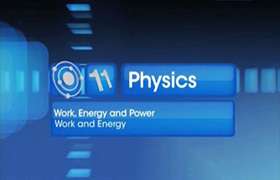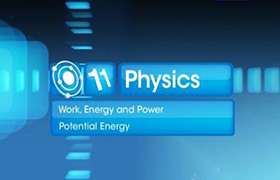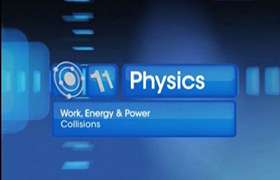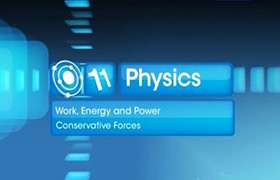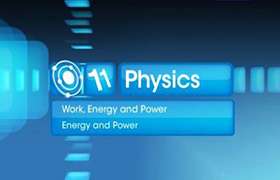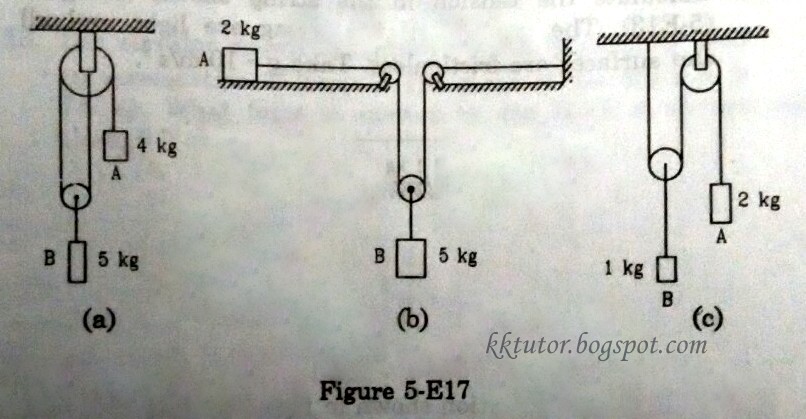CBSE Class 11-science Answered
work,energy and power
Asked by Janaki | 28 Sep, 2010, 05:46: PM
In classical mechanics, asimple harmonic motion is a motion in which, when displaced from its equilibrium position, body experiences a restoring force, F, proportional to the displacement, x according to Hooke's law:

where minus shows that force is opposite to displacement.
Maximum Potential energy U is given by

where X0 is the maximum elongation or compresseion of the spring.
U will be zero when x=0 i.e. when spring is in neutral position (F =0).In that position whole U is transferred into kinectic energy therefore K.E. is maximum at x=0.
when U is max. K.E. is minimum
& when U is mini. K.E. is maximum

Answered by | 29 Sep, 2010, 09:20: AM
Concept Videos
CBSE 11-science - Physics
Asked by veenasangeeth2020 | 30 Jan, 2024, 09:56: AM
CBSE 11-science - Physics
Asked by abdulkhadirchajjo549 | 06 Dec, 2023, 06:55: PM
CBSE 11-science - Physics
Asked by anushkaverma.25707 | 24 Aug, 2023, 07:35: PM
CBSE 11-science - Physics
Asked by sakethrockzz007 | 04 Aug, 2023, 11:17: PM
CBSE 11-science - Physics
Asked by dhruvund8769 | 04 Feb, 2023, 11:41: PM
CBSE 11-science - Physics
Asked by gdeadshot85 | 12 Jan, 2023, 10:28: AM
CBSE 11-science - Physics
Asked by vaniimtiyaz630 | 12 May, 2022, 12:19: AM
CBSE 11-science - Physics
Asked by KRISHPATEL.soc | 22 Apr, 2022, 04:19: PM
CBSE 11-science - Physics
Asked by bandarirohinipriya | 08 Feb, 2022, 09:46: PM
CBSE 11-science - Physics
Asked by unnatibhise08 | 22 Dec, 2021, 08:46: AM

